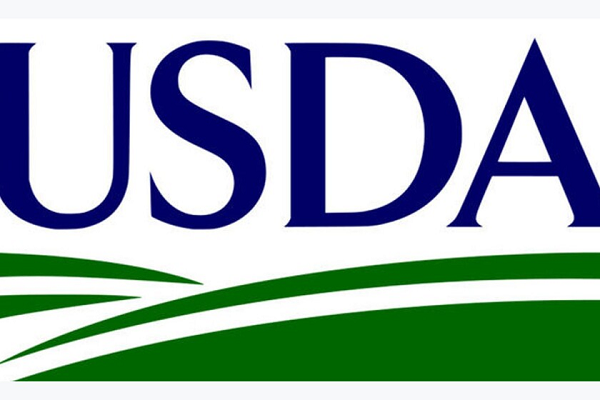
In the first half of 2023, the United States witnessed notable developments in its livestock imports, particularly in cattle and swine. Data from the USDA’s Economic Research Service reveals intriguing insights into these trends, reflecting changes in supply, demand, and economic factors affecting the livestock industry.
Cattle Imports Surge in 2023
One of the standout trends is the significant increase in cattle imports during the first half of 2023. This surge, amounting to 953,000 head, represents an 11% rise compared to the previous year. A key driver behind this growth is the tightening supply of cattle within the United States, accompanied by higher domestic cattle prices. Over the past five years, approximately 75% of cattle imports consisted of feeder cattle, 25% were intended for immediate slaughter, and less than 1% were for breeding purposes. During the first half of 2023, feeder cattle imports, totaling around 687,000 head, increased by over 19% year over year, although they remained below the 2018-2022 average. Impressively, 88% of these feeder cattle originated from Mexico.
Swine Imports Reflect Industry Dynamics
Swine imports, on the other hand, witnessed a unique pattern in 2023. The United States imported approximately 3.3 million head of swine during the first half of the year, marking a nearly 1% increase compared to the same period in the previous year. Notably, these imports primarily consist of young pigs destined for finishing, ultimately reaching slaughter weights and being processed within U.S. borders. Although pig imports for finishing were 2% lower year over year, they remained 8% higher than the five-year average. This trend traces back to 2021, driven by plant closures and increased costs of pig rearing in Canada.
Outlook for the Livestock Industry
Looking ahead, the outlook for the U.S. commercial beef sector remains relatively stable in terms of production and prices for 2023 and 2024 compared to previous projections. Beef imports are expected to increase in the second half of 2023 and into 2024, while beef exports face a decline due to a revised lower demand outlook from Asia.
In the pork sector, lower dressed weights have offset higher August slaughter numbers, resulting in slightly reduced pork production compared to the previous year. However, pork exports are anticipated to rise in 2023, reaching 6.8 billion pounds, marking a 7.2% increase from the previous year. This reflects evolving dynamics in the global pork market.
These trends in cattle and swine imports offer valuable insights into the evolving landscape of the U.S. livestock industry, influenced by a complex interplay of factors including supply, demand, and international trade dynamics. As the industry continues to adapt, these developments will shape the future of meat production and consumption in the United States.





